Regarding the issue of highway management and operation, Mr. Le Kim Thanh, Vice Chairman of the National Traffic Safety Committee (NTSC), said that according to the set target, by the end of 2025, about 870km will be completed and put into use to achieve the goal of having 3,000km nationwide by the end of this year. However, up to now, we still have 4 major challenges in highway management and operation.
First of all, among the nearly 2,300km of highways in operation, there are still many sections with only two lanes, no hard dividers; no emergency lanes but using emergency lanes; night lighting, limited visibility when vehicles on the highway have problems, especially at night, along with remote warnings as prescribed not being fully implemented, making it easy for traffic accidents to occur. In addition, the lack of consistency and impracticality in applying technical standards on speed, sign positions, lane separation, etc. has caused confusion and embarrassment for drivers, especially new drivers or those who rarely drive on the highway.
Some highways lack rest stops and fuel stations, but poor service and substandard restrooms cause great difficulties for road users. According to Mr. Thanh, this not only affects the health and psychology of drivers but can also be an indirect cause of fatigue, lack of concentration and illegal parking on the highway.
Meanwhile, the management of order and traffic safety on highways is still limited, depending on the dynamism of the direct management unit. Due to the characteristics of highways, when incidents and accidents occur, the information and coordination between management and exploitation units and functional forces are still lacking in synchronization and coordination, leading to some cases being handled slowly and confusingly.
According to Lieutenant Colonel Pham Duc Dong, Deputy Head of the Road and Railway Traffic Patrol and Control Department (Traffic Police Department), currently the whole country only has about 200 officers and soldiers directly on duty on the highways, while the total length of the network is more than 2,300km, and support vehicles are very limited. In Korea, a traffic police unit in charge of about 500km of highway has up to 120 personnel, 40 cars, 2 planes, of which 30 officers are trained to fly helicopters to control and operate traffic.
"Although the comparison is only relative, it partly shows the human resource difficulties of the authorities in managing and exploiting the highway system in our country," said Lieutenant Colonel Dong.
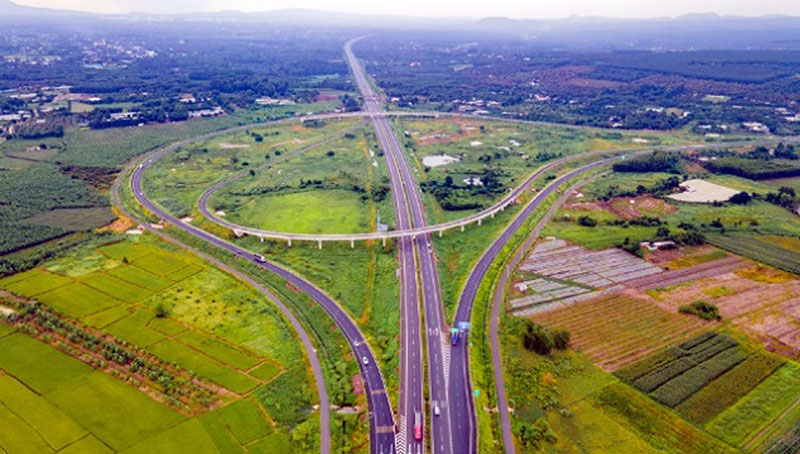
A representative of Vietnam Expressway Operation and Maintenance Joint Stock Company (VEC O&M) added that VEC is currently managing and operating about 520km of expressways, including many arterial routes. The operation and exploitation process has revealed some shortcomings, especially in maintenance and repair work. According to VEC O&M, up to now, regular maintenance on expressways is still mainly done manually, without modern machinery, so maintenance work has not been modernized. This poses a potential risk to traffic safety, especially for those performing the task and traffic participants.
The representative of the Vietnam Automobile Transport Association also said that the management and operation of expressways still has many shortcomings. After each expressway is put into operation, it seems that the step of overcoming shortcomings is forgotten, or is overcome but is delayed. In addition, the quality of some expressways is still very good after many years of operation, but some routes have degraded but are slow to be repaired; and then some routes have only 2 lanes, no emergency lane like the Yen Bai - Lao Cai section...
Acknowledging the above shortcomings, Mr. Le Hong Diep, Head of Traffic Management and Organization Department, Vietnam Road Administration, said that many expressways are currently limited in investment scale due to limited resources. Most expressways in Vietnam currently have a scale of 2-4 lanes, very few expressways have a scale of 6 lanes. Moreover, the infrastructure for management and operation is still not synchronized, the ITS system is not complete and not modern...
Giving his opinion on the operation and management of highways, Mr. Pham Huy Cuong, Head of Construction Price Department (Institute of Construction Economics - Ministry of Construction ) shared: Highways require green, clean, and beautiful, but the current grass cutting rate of only 2-4 times/year is not realistic. This is just an example showing that the rate needs to be adjusted soon in the direction of correct and sufficient calculation.
According to the VEC leader, in the context of Vietnam's expressway network expected to reach 5,000km by 2030 and 9,000km by 2050, the management and operation work needs to be shaped as a specialized, modern and sustainable industry, closely linked to the socio -economic development strategy with a number of issues that need to be handled soon. Firstly, it is necessary to soon build a synchronous legal framework on management, operation and maintenance of expressways, unifying from laws, decrees to circulars; promulgating a separate set of technical standards for expressways, including high-speed road surface maintenance procedures, ITS safety requirements, Operation Center standards, fire prevention and rescue systems. Secondly, innovating the financial mechanism by considering the formation of an independent expressway maintenance fund, ensuring a stable source of capital for periodic and unscheduled repairs and emergency response.
Third, apply the Road Asset Management (RBAM) model to allocate capital effectively, based on data on the project life cycle and actual degradation level; build a National Integrated Operations Center connecting all expressways, applying AI, Big Data and IoT to monitor, forecast and coordinate operations. Develop a comprehensive ITS system: Early warning of accidents, meteorological monitoring, load management, intelligent traffic control. In particular, it is necessary to soon complete the management organization model in the direction of concentration - professionalism - streamlining, clearly defining the roles between state management agencies, investors and operating units.
Source: https://cand.com.vn/Giao-thong/nhieu-bat-cap-trong-quan-ly-van-hanh-duong-cao-toc-i784768/






![[Photo] Nhan Dan Newspaper launches “Fatherland in the Heart: The Concert Film”](https://vphoto.vietnam.vn/thumb/1200x675/vietnam/resource/IMAGE/2025/10/16/1760622132545_thiet-ke-chua-co-ten-36-png.webp)









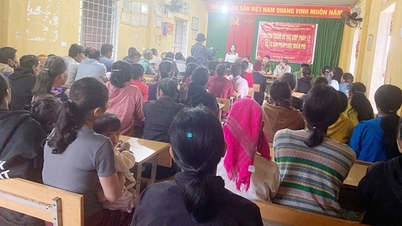
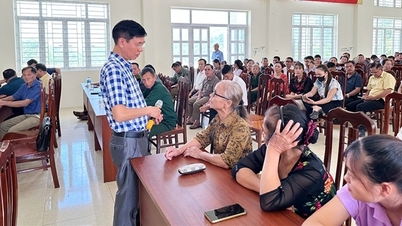





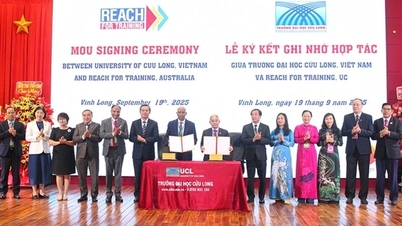
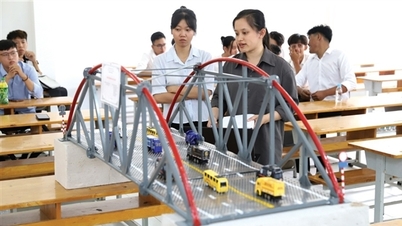
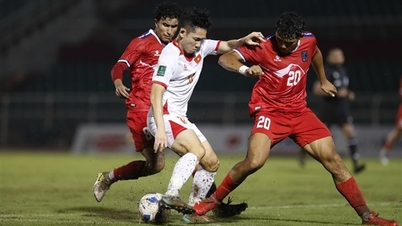





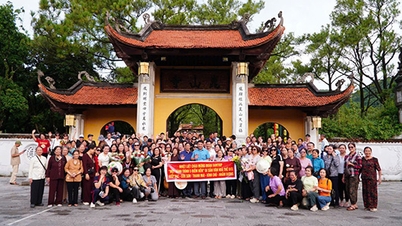




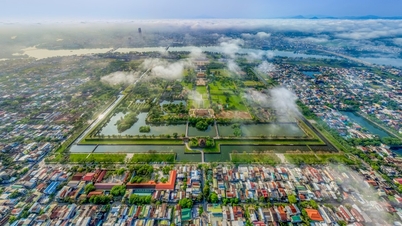











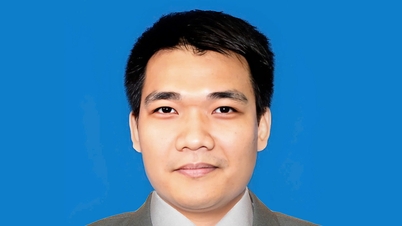










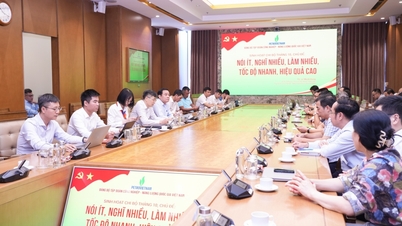







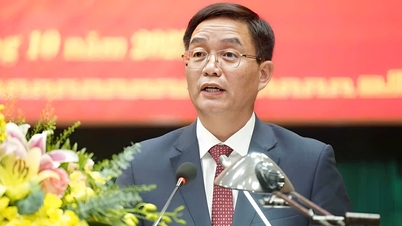


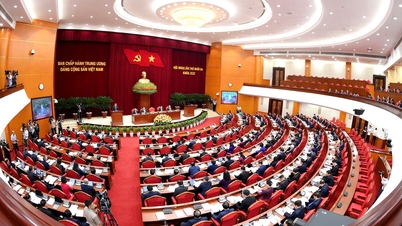








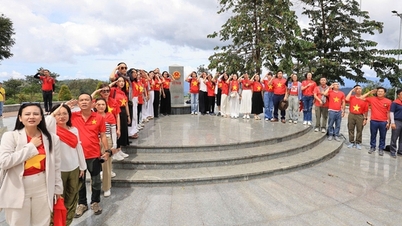

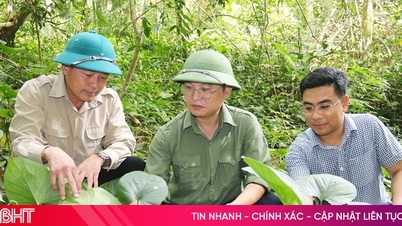



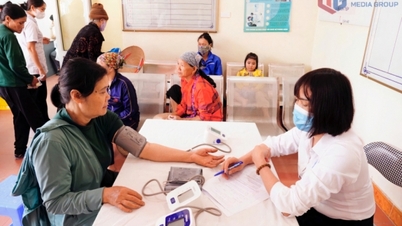

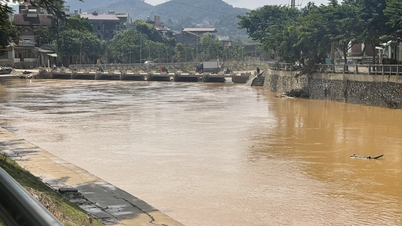

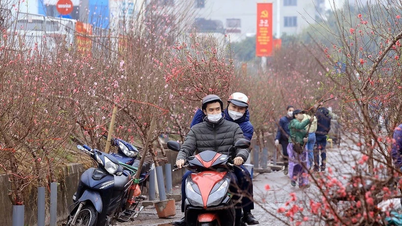

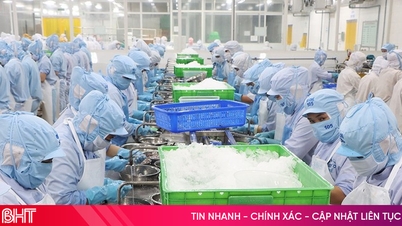
















Comment (0)